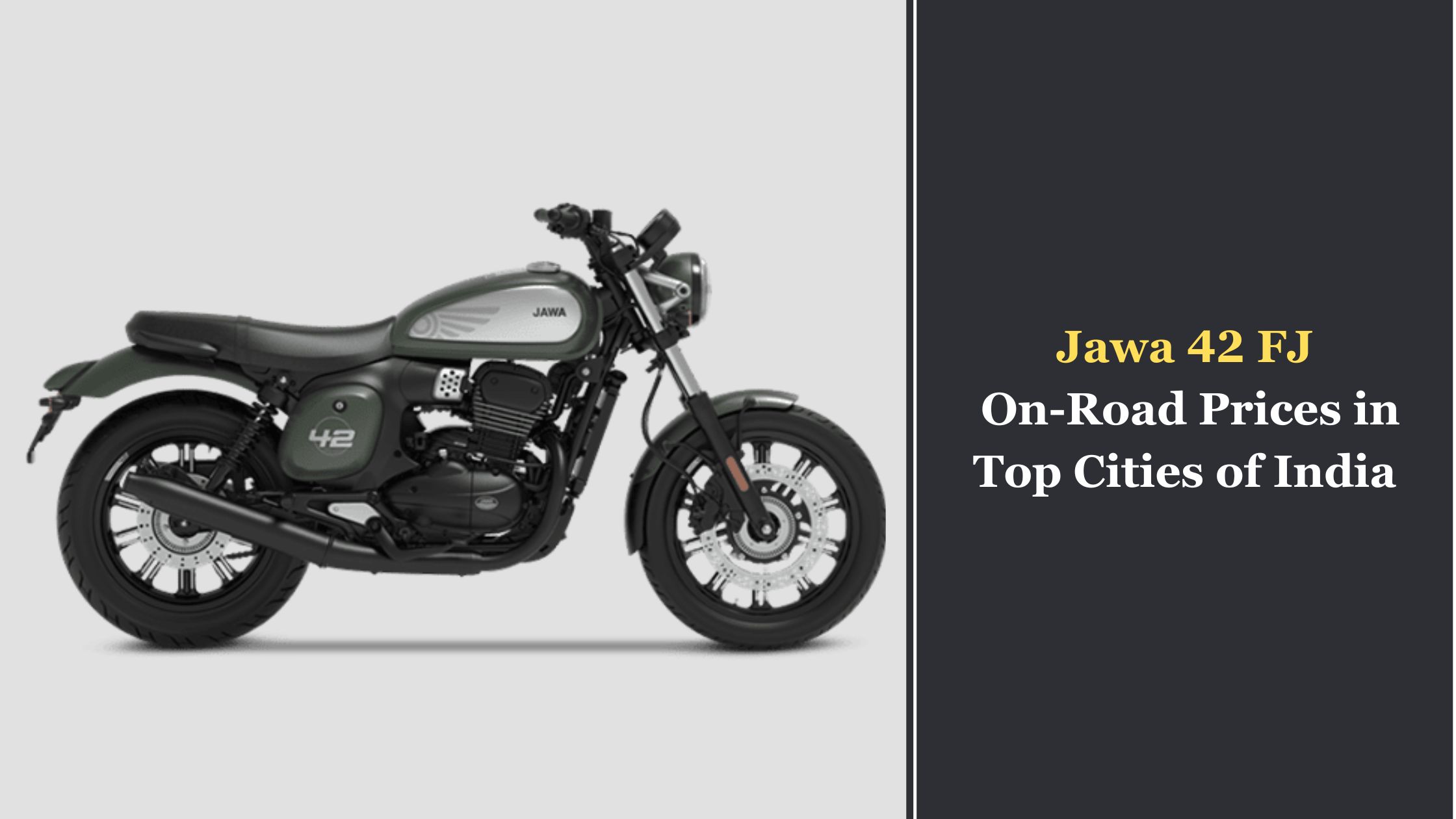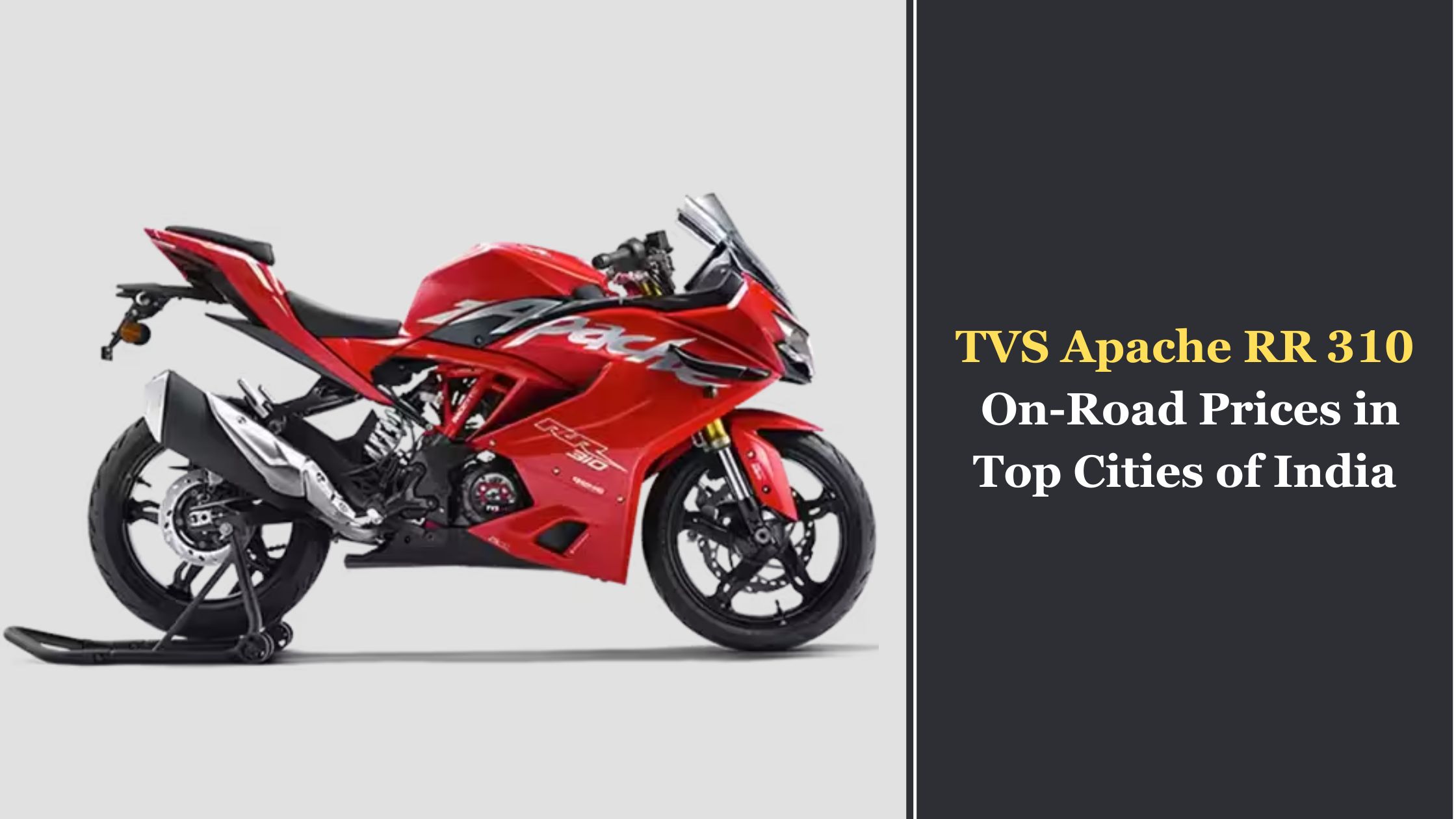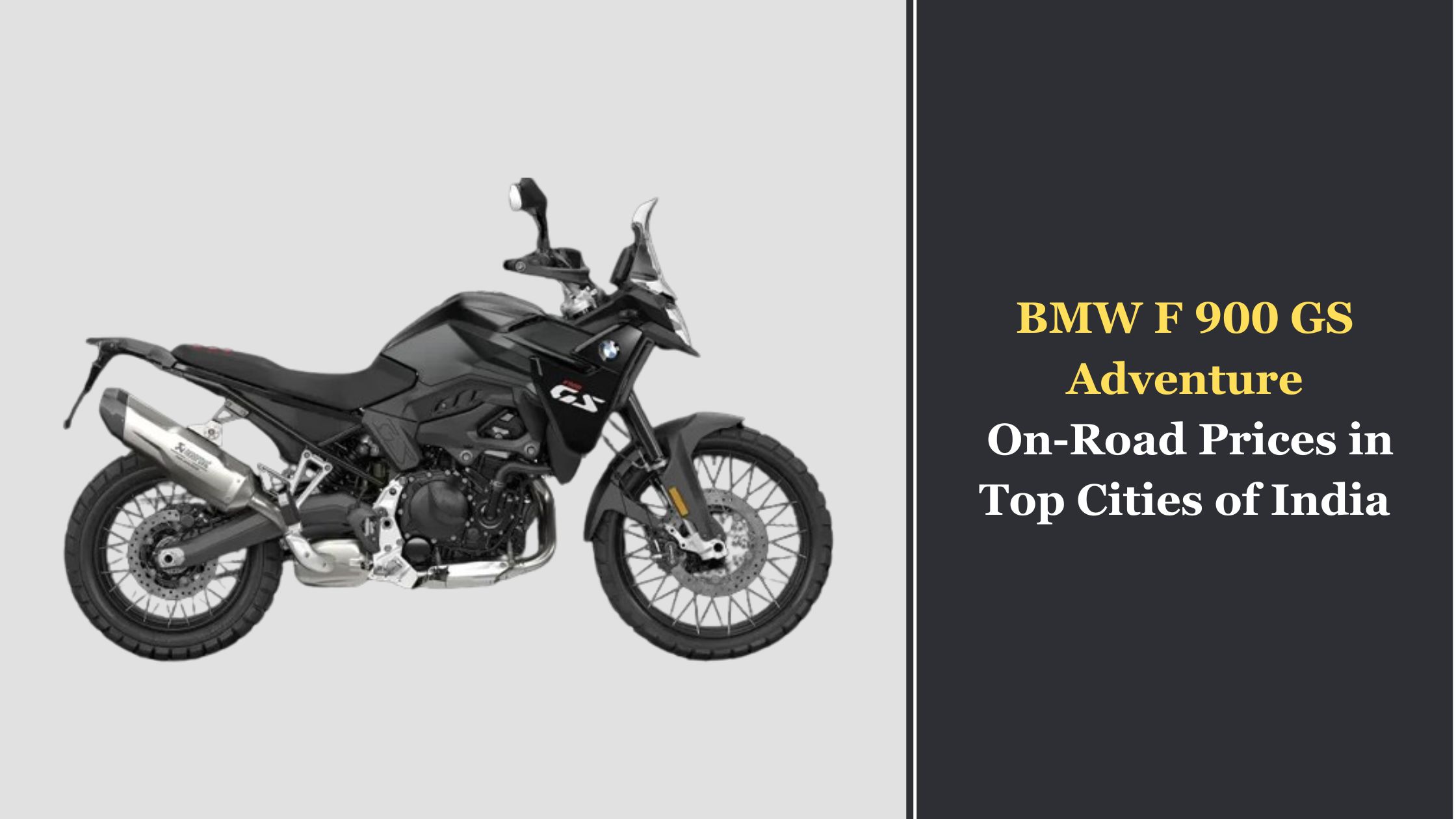
Driving a motorcycle is fashionable, fun, and economical. Riding a motorcycle is riskier than driving other vehicles. Since you must adhere to basic motorcycle safety precautions, many serious motorcyclists can avoid collisions. Here are some motorcycle safety tips for riding on city streets.
Top 8 Motorcycle Safety Tips For Riding On City Roads
1. No Alcohol Or Drugs While Riding
Be careful of any side effects, such as sluggish reaction times, dizziness, or tiredness, if you use prescription medications. It could be especially dangerous to change how many medications you take frequently or to start, stop, or add any new ones.
Before riding, you should understand the negative effects of drugs on high blood pressure, diabetes, depression, quitting smoking, and other disorders. Consult your physician about any health issues, medications, and potential implications for your ability to ride safely.
2. Gear Up
While shorts, T-shirts, and sandals are not appropriate on your bike. Not even jeans offer much protection from harm and rash if you slip. Choose leather or armor-plated jackets, pants, and boots if you want maximum protection.
If you have an open-face helmet, you must wear goggles or glasses, and gloves are necessary for hand protection. Specially designed equipment for cooling and ventilation is available in hot weather.
3. Situation Awareness
Keep your head swiveling, and use the rearview mirrors to watch everything around you. Maintain a safe distance from other vehicles to prevent overtaking, and don’t let other cars follow you. The longer you maintain distance between you and the other person, the less likely It will include you in their blunders. Using situational awareness, you can anticipate problems and prevent them.
4. Pay Attention To The Road
Safety may depend on the rider’s concentration on the road. Maintain attention to the road, your speed, any weather or road condition changes, other traffic, any potential roadside hazards, and other vehicles. One of the main reasons for motorcycle accidents was when other drivers (i.e., drivers of other vehicles) claimed they didn’t see the rider.
5. Know the Forecast
The weather constantly impacts safe driving conditions, and being on two wheels increases the risk of ice or wet roadways. The risk increases because your body is exposed to torrential rain, and you only have half the vehicle’s safety.
Poor eyesight is a rider’s biggest dread. Unless you’ve done it, you won’t fully understand how terrible it can be to ride through the rain at 50 or even 30 mph.
6. Build Confidence
Before taking a ride, You must check all the tyres, accessories, oil, coolant (if necessary), brake fluid, chain, lights, brake light, turn signal, and the car’s horn briefly. When riding, anything that isn’t working properly has loose parts, is low on fluid, etc., could cause unforeseen problems. Certain obstacles could make the bike difficult to handle.
7. Speed Limits Your Possibilities
In general, your speed differential increases each time your speed doubles. Therefore, if you can stop at 50 feet at 30 mph, your stopping distance climbs to about 200 feet at 60 mph. Being within the speed limit and having alternative options for stopping and safely avoiding action are equally critical.
If the road is wet, there is limited visibility, or there is ground cover like bushes or crops tall enough to conceal wildlife that approaches the surface straight up to the surface, as is the case on some country roads, you might want to slow down.
8. Double Check Motorcycle Brakes
Just because you are riding a motorcycle does not make it any easier to see other riders. Always double-check your turn or lane change before proceeding. It would also be beneficial to practice braking in various situations. To prevent a sudden stop from being disastrous, always give enough space for the cars in front of you and learn how to stop quickly without locking your brakes. You should install anti-lock brakes.
CONCLUSION
These are just a few; you are probably aware of many more. This article provides helpful bike safety tips for riding on city streets, not legal or medical advice. Have a safe and fun trip.



